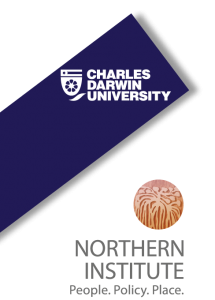Academic contributions
NI researchers bring to GroundUp M&E theories, practices and concepts from various fields of academic research. Each of the points below has notes provided by a NI GroundUp researcher, with links to academic papers if relevant. Michael to start by looking at the papers from the workshop.
- GroundUp as engaging multiplicity
GroundUp M&E of the work of nonAboriginal agencies in Aboriginal contexts prefers to understand these contexts as multiple, rather than as simply complex. Monitoring and evaluation in the world of government is quite different from M&E in Aboriginal traditions. We need to understand both, as well as the contributions of academic traditions as we work together while still acknowledging and maintaining their fundamental and incommensurable differences.
- Arriving at (rather than assuming) concepts
The M&E worker in this complex intercultural space is looking to discover collaboratively, relevant concepts (rather than to bring them into the context from elsewhere). Concepts like monitoring and evaluation themselves are constructed and practiced quite differently by different participants, with different justification. Even the labels we bring with us need constantly to be reinscribed. Under Aboriginal guidance we have elaborated distinct methods for identifying empirically exactly what connections and sticking points need monitoring and evaluation.
- Evidence
- Theories of change, time and teleology
M&E implies working in settings over time, looking at the way things change. Some theorists and researchers find it useful to think about M&E as depending upon an often implicit ‘theory of change’. GroundUp M&E pays attention to the assumptions underlying the theories of change in the various worlds of engagement – whether they look for a sort of ‘progress’ or assume an underlying ‘deficit’ in the context of M&E, or maybe look towards a future which ‘returns’ to congruence with ancestral imperatives. Because multiple theories of change may be at work, it is important to explicate them carefully.
- Generalisability and scale
- Judging observer
- Individuals, groups, communities
University researchers and government and nongovernment agencies often begin their monitoring and evaluation (and their research or policy development), taking the community, or the individual as the obvious or appropriate first unit of analysis. GroundUp M&E has tended to find Aboriginal elders focussing upon groups (generally extended families, or configurations of land/totem shareholders), which are constituted in particular ways relating to land and ancestral history. For example in the COVID19 research, elders made clear that the multigenerational family group (rather than the individual) should be the focus of safety measures. In the volunteering research for the Australian Red Cross, the elders made clear that the community is an effect of family groups working beyond ancestral responsibilities. Neither the community nor the individual pre-exists the care and concern exercised through kinship responsibilities. (We find this understanding echoed in John Dewey’s The Public and Its Problems.)
- Community ecology
- EBPP
- Relationship between research and M&E
- Participants in collective action.
- M&E as ‘material, symbolic and social’
- Etc


